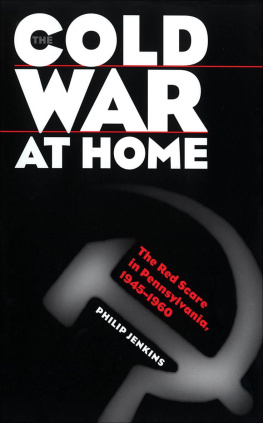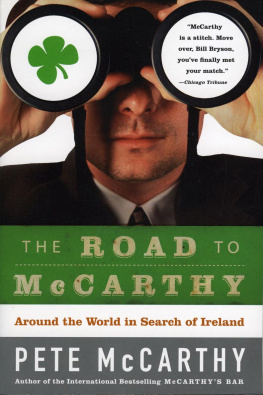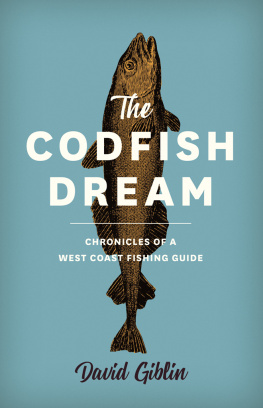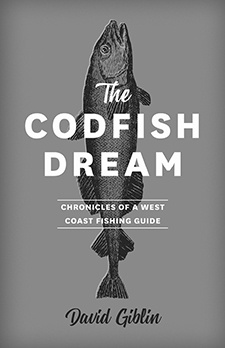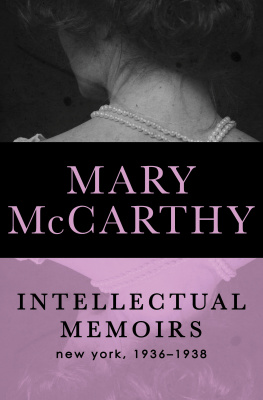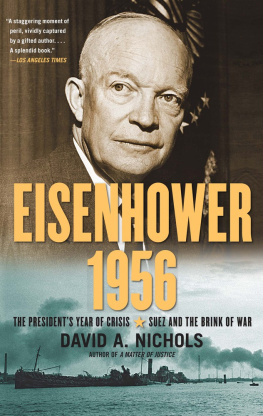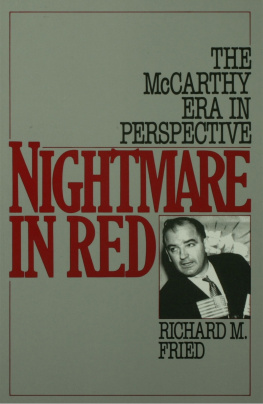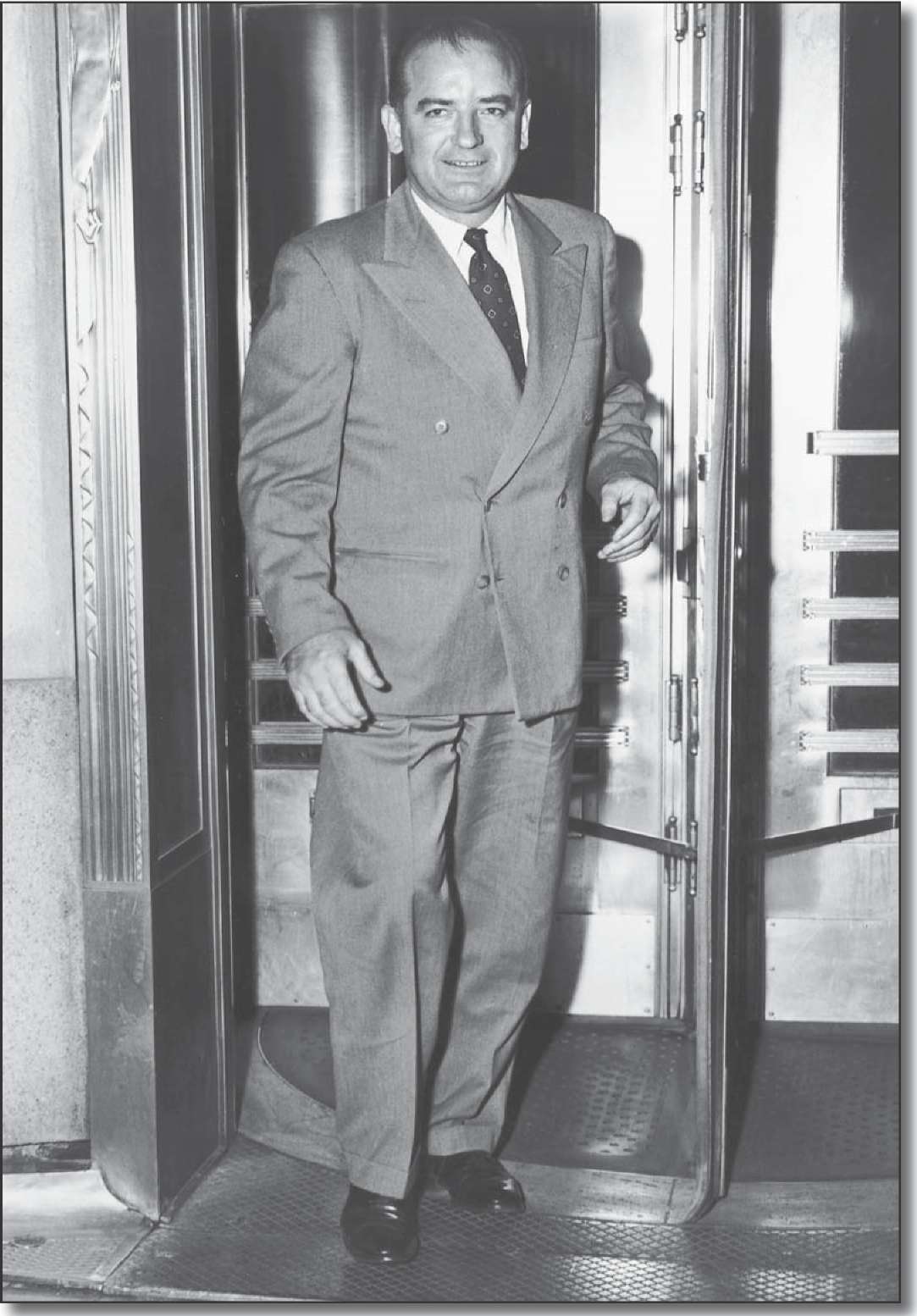
Clarion Books
HOUGHTON MIFFLIN HARCOURT
BOSTON NEW YORK 2009
ACKNOWLEDGMENTS
Thanks to the following institutions that provided illustrations and information for this book: AP/WIDE WORLD PHOTOS, New York; The Library of Congress, Washington, D.C.; Department of Special Collections and University Archives, Raynor Memorial Library, Marquette University, Milwaukee, Wise.; The National Archives, Washington, D.C.; Outagamie County Historical Society and Museum, Appleton, Wisc.; and the Wisconsin Historical Society, Madison, Wisc.
Special thanks to Michael Cooper, who researched the photographs and cartoons from the Library of Congress and the National Archives, and to my assistant, Mordechai Czellak, who listened to me read aloud drafts of many chapters and offered helpful comments.
Clarion Books
215 Park Avenue South, New York, New York 10003
Copyright 2009 by James Cross Giblin
The text was set in 12-point Minion Pro.
Book design by Carol Goldenberg
Map by Kayley LeFaiver
All rights reserved.
For information about permission to reproduce selections from this book, write to Permissions, Houghton
Mifflin Harcourt Publishing Company, 215 Park Avenue South, New York, NY 10003.
Clarion Books is an imprint of Houghton Mifflin Harcourt Publishing Company.
www.hmhbooks.com
Printed in the United States of America.
VB 10 9 8 7 6 5 4 3 2 1
Library of Congress Cataloging-in-Publication Data
Giblin, James.
The rise and fall of Senator Joe McCarthy / by James Cross Giblin.
p. cm.
ISBN 978-0-618-61058-7
1. McCarthy, Joseph, 19081957Juvenile literature. 2. Anti-communist movementsUnited States
HistoryJuvenile literature. 3. LegislatorsUnited StatesBiographyJuvenile literature. 4. United States.
Congress. SenateBiographyJuvenile literature. I. Title.
E748.M143G535 2009 973.921092dc22 [B] 2009015005
FRONTISPIECE:
Joe McCarthy, at the height of his political power, leaves the Waldorf-Astoria Hotel in New York City, March 8, 1954. The Library of Congress
For Dinah Stevenson
Contents
Prologue: More Powerful Than the President
1. Chickens, Groceries, and a High School Diploma
2. Days and Nights at Marquette
3. Joe's First Campaign
4. Judge McCarthy
5. "Tail Gunner Joe"
6. One Fight Ends, Another Begins
7. Defeating a Legend
8. Newcomer in Washington
9. Charges of Torture
10. The Speech That Started It All
11. Where's the Evidence?
12. The Top Russian Spy
13. War Breaks Out in Korea
14. Revenge
15. "We Like Ike!"
16. The Missing Paragraph
17. "I Can Investigate Anybody"
18. Cohn and Schine Go to Europe
19. McCarthy Gets Married
20. The Dangerous Dentist
21. Grilling General Zwicker
22. Exposed on Television
23. A Devastating Report
24. McCarthy on the Receiving End
25. "Have You No Sense of Decency, Sir?"
26. Censured
27. "His Time to Die"
Epilogue: Another McCarthy?
After McCarthy's Death...
Bibliography and Source Notes
Index
An Uncomfortable Situation By Hunger ford
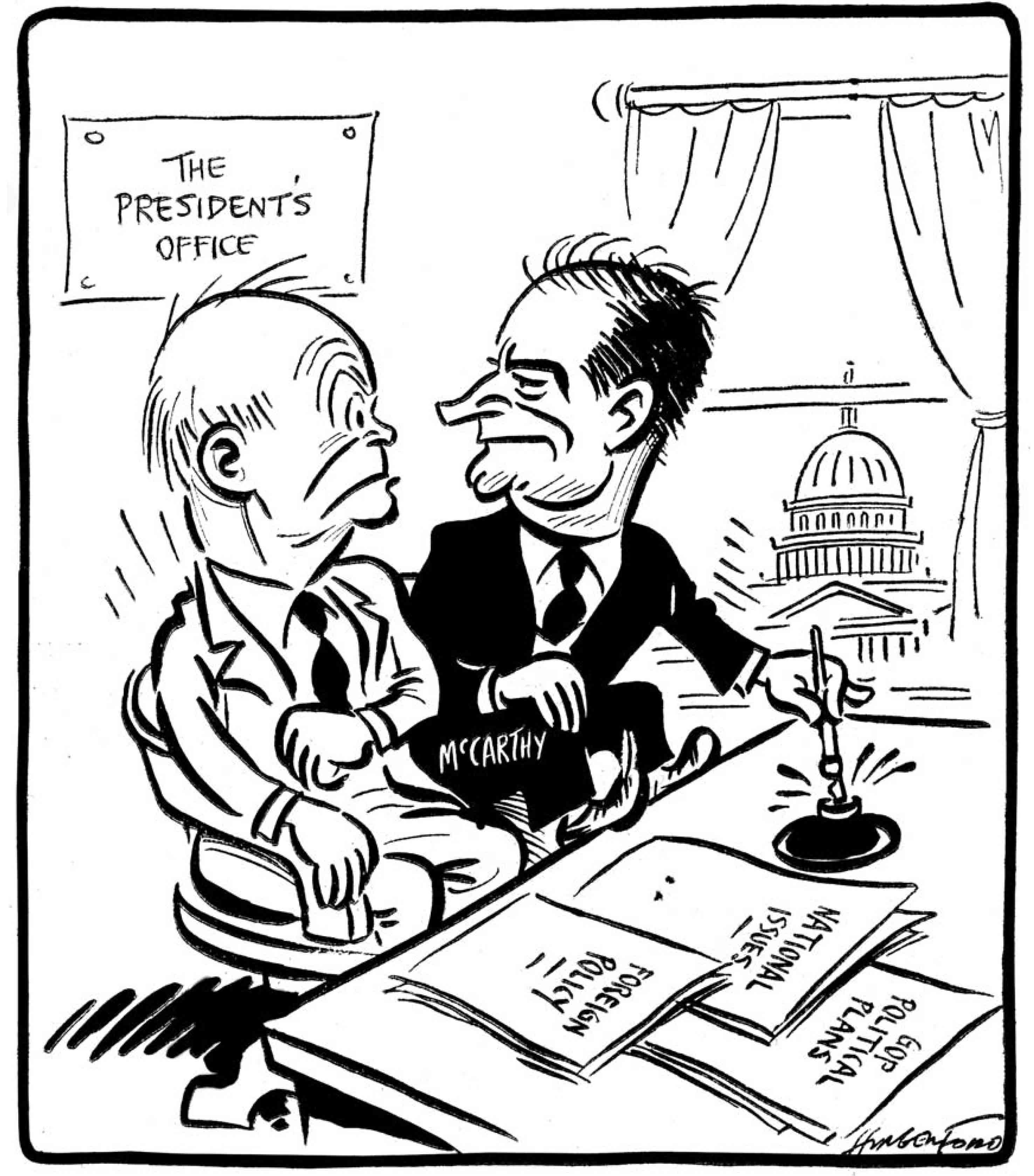
Cartoon by Hungerford, published December 3, 1953. The Library of Congress
PROLOGUE: More Powerful Than the President
T HE CARTOON TO THE LEFT, published in December 1953, bears the title "An Uncomfortable Situation"which is certainly an understatement. It shows President Dwight D. Eisenhower sitting at his desk and confronting three folders labeled "National Issues," "Foreign Policy," and "GOP Political Plans." The initials GOP stand for Grand Old Party, a nickname for the Republican Party.
The president is startled to look up and find a determined-looking man sitting on the left arm of his chair. The man, whose last name appears on his trousers, is Senator Joseph R. McCarthy of Wisconsin. He dips a pen in ink, and his intended action is clear; he, not Eisenhower, will sign the papers awaiting the president's attention. Or perhaps he plans to hand the pen to the president, then tell him how to sign the documents, which would be just as bad.
The cartoon raises many questions. Who, exactly, was Senator Joe McCarthy? (His given names were Joseph Raymond, but he wanted everyone, strangers and friends alike, to call him Joe.) And what made him think he could dictate policy to the president of the United States?
Joe McCarthy was a complex, fascinating, and highly controversial figure who left an indelible mark on the political life of America in the late 1940s and early 1950s, and whose influence is still felt today. This book will explore the questions about him that the cartoon raises, and many others. The story does not begin in Washington, D.C., where Joe McCarthy reached his zenith, but in the tiny farm community of Grand Chute, Wisconsin, where he was born on November 15, 1908, the fifth of seven children.
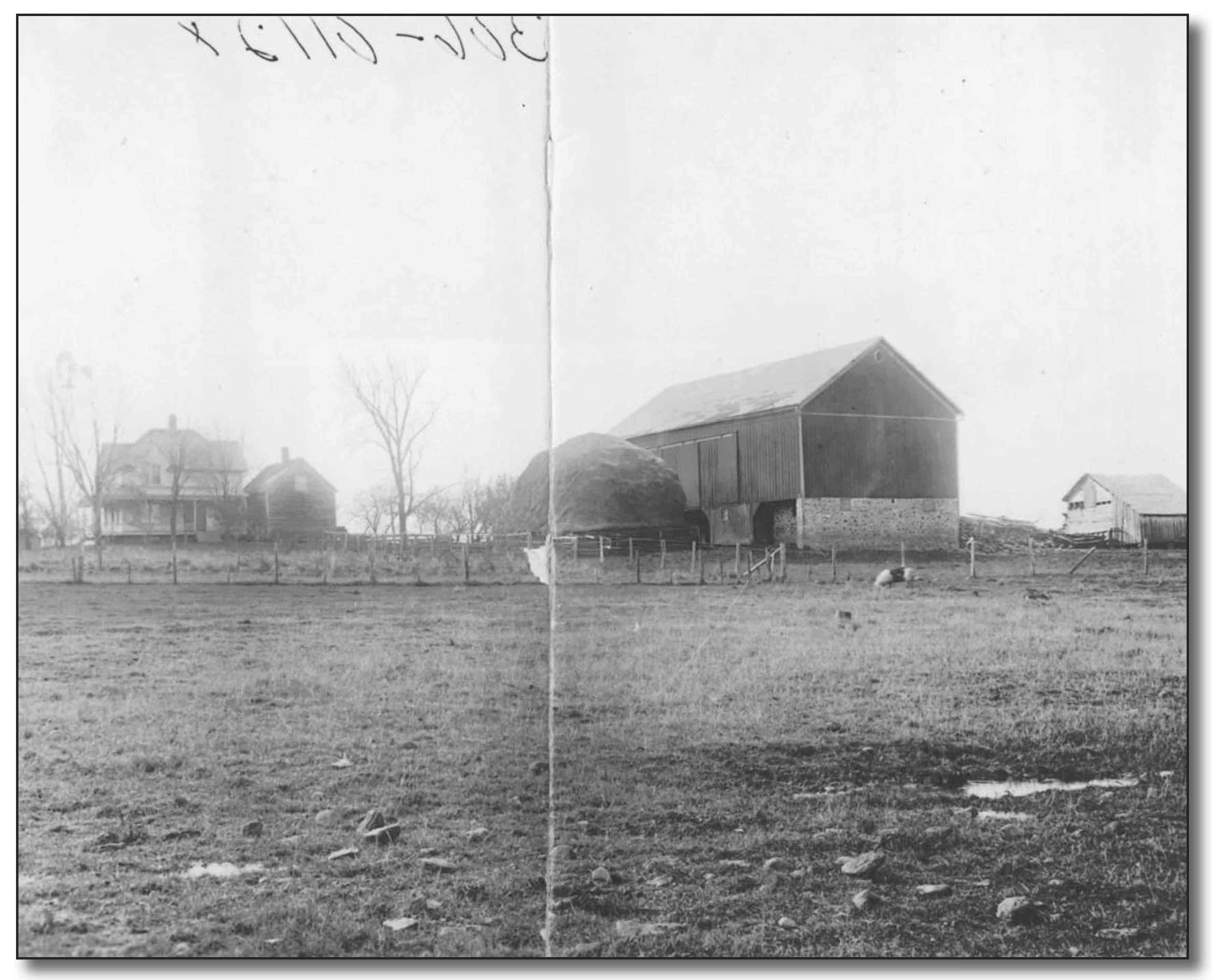
The McCarthy family's farm near Grand Chute, Wisconsin, around 1908, the year of Joe McCarthy's birth. Outagamie County Historical Society, Appleton, Wisconsin
1. Chickens, Groceries, and a High School Diploma
E VEN AS A BOY, Joe McCarthy was ambitious. "Joe always wanted to do something," his younger sister Anna Mae recalled in a 1970s interview. "He never kept still. He was always exploding on something."
Joe grew up in a large Irish American family on his father's 141-acre farm. The farm had been purchased for his father, Tim, by his father, who had emigrated from Ireland during the deadly potato famine of the mid-1800s and homesteaded in Wisconsin in 1855. All the McCarthysTim, his wife Bridget, and their seven childrenhelped to keep the farm going. They raised corn, oats, barley, cabbage, and hay, and had several dozen cows, a coop full of chickens, and a few horses. The 1920s were a prosperous time in America, and the McCarthys did reasonably well, although they never seemed to have any extra money.
They were a close family. The boys worked with Tim in the fields and the cattle barn, while the girls helped Bridget with the household chores. Every Sunday, even in the snows of midwinter, the family drove to the nearby town of Appleton to attend mass at St. Mary's Roman Catholic Church.
When he was seven, Joe entered Underhill Elementary School, about a mile south of the McCarthy farm. It was a one-room schoolhouse in which a single teacher taught all eight grades, usually between twenty and thirty students. Joe was no scholar, but he had a quick mind and an excellent memory, and always got decent grades. He completed the seventh and eighth grades in just one year, and graduated in 1923 at the age of fourteen.
Joe was a good-looking boy whose features reflected his Irish heritage. Thick black hair topped his broad face. He had heavy eyebrows, blue eyes, and pale skin. Although he loved a good joke and laughed a lot, his expression could change in a flash from a smile to a frown.
Joe McCarthy (at right, in shadow), with his brothers William (left) and Howard (center) on the family farm.
Outagamie County Historical Society, Appleton, Wisconsin
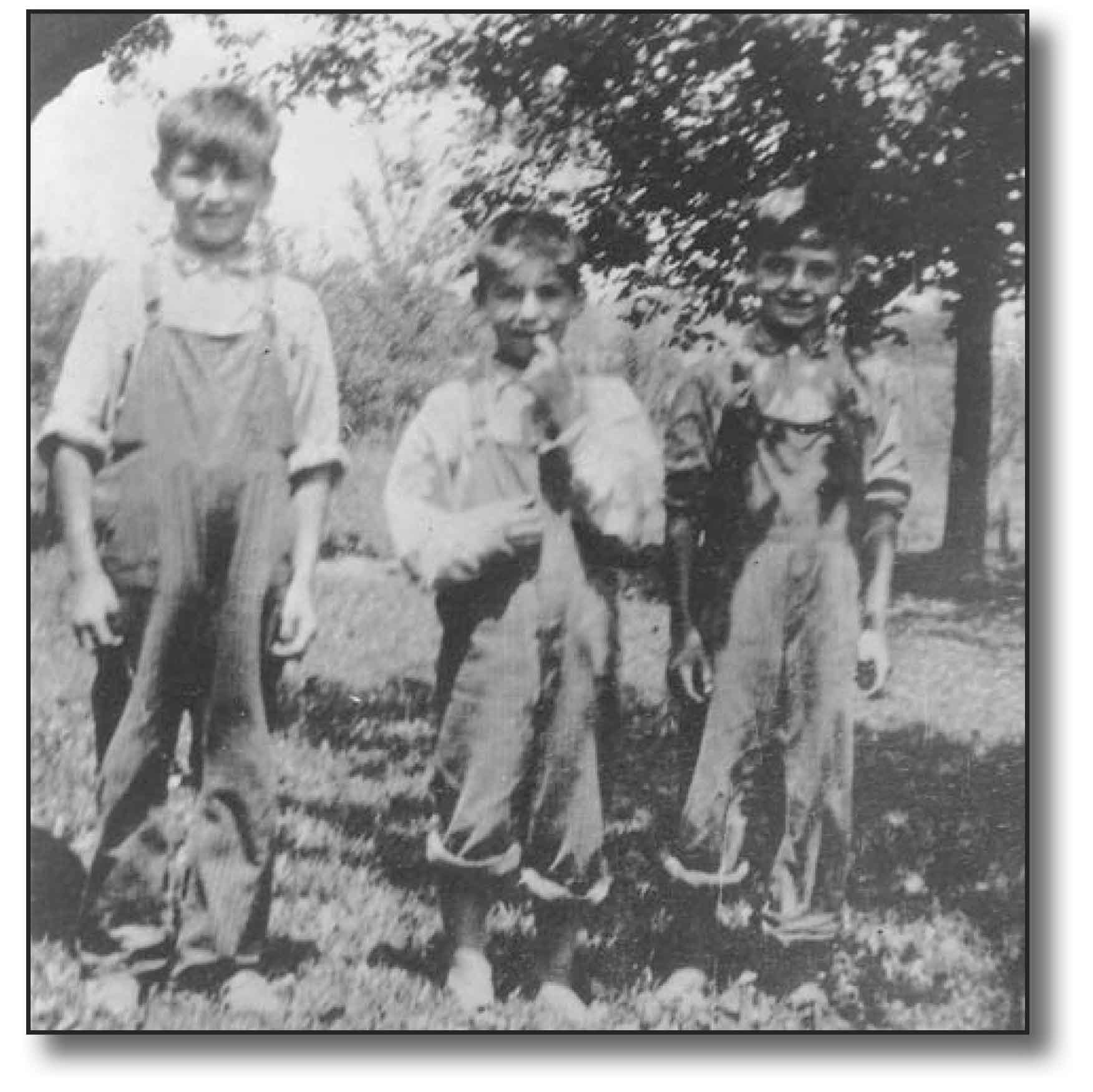
Next page



